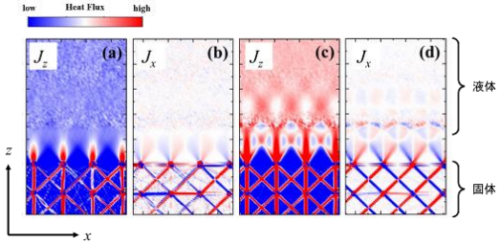地球上で最も強力な磁石を駆使して、謎の金属の新モデルを探索することに成功 Study leverages one of the most powerful magnets on Earth to probe a new model of a mysterious metal
2022-03-24 ローレンスバークレー国立研究所(LBNL)
<関連情報>
- https://newscenter.lbl.gov/2022/03/24/exotic-superconductors-superpowers/
- https://www.science.org/doi/10.1126/science.aaz4566
CeCoIn5における対称性の破れを伴わない非局在量子相転移の証拠 Evidence for a delocalization quantum phase transition without symmetry breaking in CeCoIn5
NIKOLA MAKSIMOVIC ,DANIEL H. EILBOTT ,TESSA COOKMEYER ,FANGHUI WANJAN RUSZ ,VIKRAM NAGARAJAN,SHANNON C. HALEY ,ERAN MANIV ,AMANDA GONG ,STEFANO FAUBELIAN M. HAYES ,ALI BANGURAJOHN SINGLETON ,JOHANNA C. PALMSTROM ,LAUREL WINTER ,ROSS MCDONALD, SOOYOUNG JANG ,PING AIYI LIN ,SAMUEL CIOCYS ,JACOB GOBBO,YOCHAI WERMAN,PETER M. OPPENEER ,EHUD ALTMAN ,ALESSANDRA LANZARA ,AND JAMES G. ANALYTIS
Published: 2 Dec 2021 DOI: 10.1126/science.aaz4566

Abstract
The study of quantum phase transitions that are not clearly associated with broken symmetry is a major effort in condensed matter physics, particularly in regard to the problem of high-temperature superconductivity, for which such transitions are thought to underlie the mechanism of superconductivity itself. Here we argue that the putative quantum critical point in the prototypical unconventional superconductor CeCoIn5 is characterized by the delocalization of electrons in a transition that connects two Fermi surfaces of different volumes, with no apparent broken symmetry. Drawing on established theory of f-electron metals, we discuss an interpretation for such a transition that involves the fractionalization of spin and charge, a model that effectively describes the anomalous transport behavior we measured for the Hall effect.



